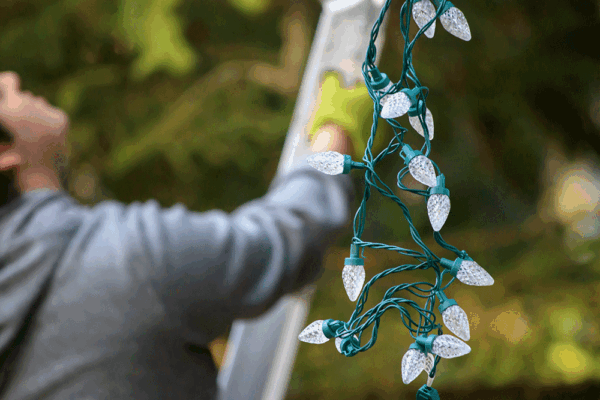What you need to know before working at heights
 Carrying out a job while up a ladder or on a roof, can be dangerous. Whether you are installing a solar panel or hanging up Christmas lights, it is important to stay safe.
Carrying out a job while up a ladder or on a roof, can be dangerous. Whether you are installing a solar panel or hanging up Christmas lights, it is important to stay safe.
Working at heights is one of the most common causes of workplace injuries. It is common in the construction industry but also a risk in many work and home activities.
When working at heights on a job
When working at heights, you must identify all locations and tasks that could cause an injury due to a fall, including access to the areas where work is going to be carried out.
Issues to consider when working at heights include:
- Are there any unstable, brittle, or fragile surfaces?
- Is there a potential to slip on a surface? Especially if they are wet, polished, or glazed.
- Is there a way to safely move workers where surfaces change?
- Is the surface strong enough to carry a load?
- Are there any level changes you or your workers may be exposed to?
- Are structures, either permanent or temporary, stable?
- Is the ground even and able to support scaffolding or a work platform?
- Are the entry and exits safe?
- Is there protection for open edges of floors, working platforms, walls, or roofs?
- On roofs, are there skylights or polycarbonate roof sheets fitted that may pose a fall hazard?
What a PCBU needs to know about heights
The person conducting the business or undertaking (PCBU) must manage risks associated with falls at the workplace. Managing work health and safety risks is an ongoing process that involves four steps:
- Identifying what could cause harm
- Understand the harm a hazard could cause, how serious it could be, and how likely it is to happen
- Putting the most effective measures that are reasonably practical in place control the risk of harm
- Reviewing these controls to make sure they are working as planned
You must aim to reduce the hazard the least risk, for example working from the ground instead of working at heights. Where this is not reasonably practical then engineering or other controls can be used to reduce the risk.
Engineering controls include fall prevention devices such as guard rails and other physical barriers, scaffolds, and travel restraint systems.
Administrative controls can be used to further reduce risk. These include implementing a safe work system, organising and ordering work tasks, any particular training or supervision to complete the task, and understanding the current knowledge and training of workers.